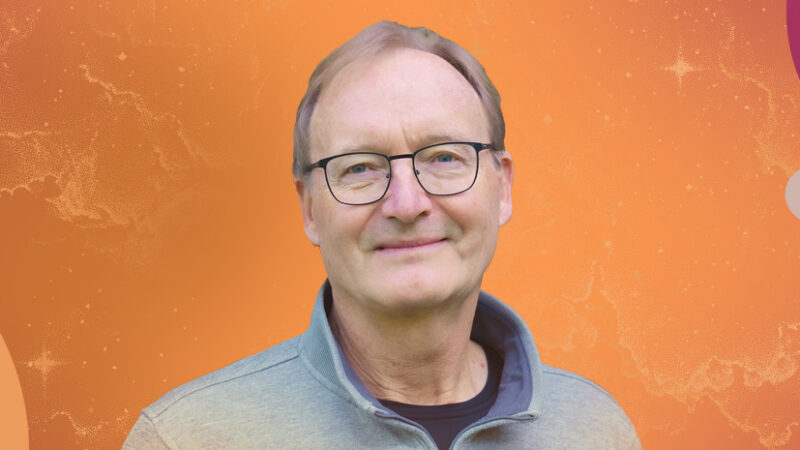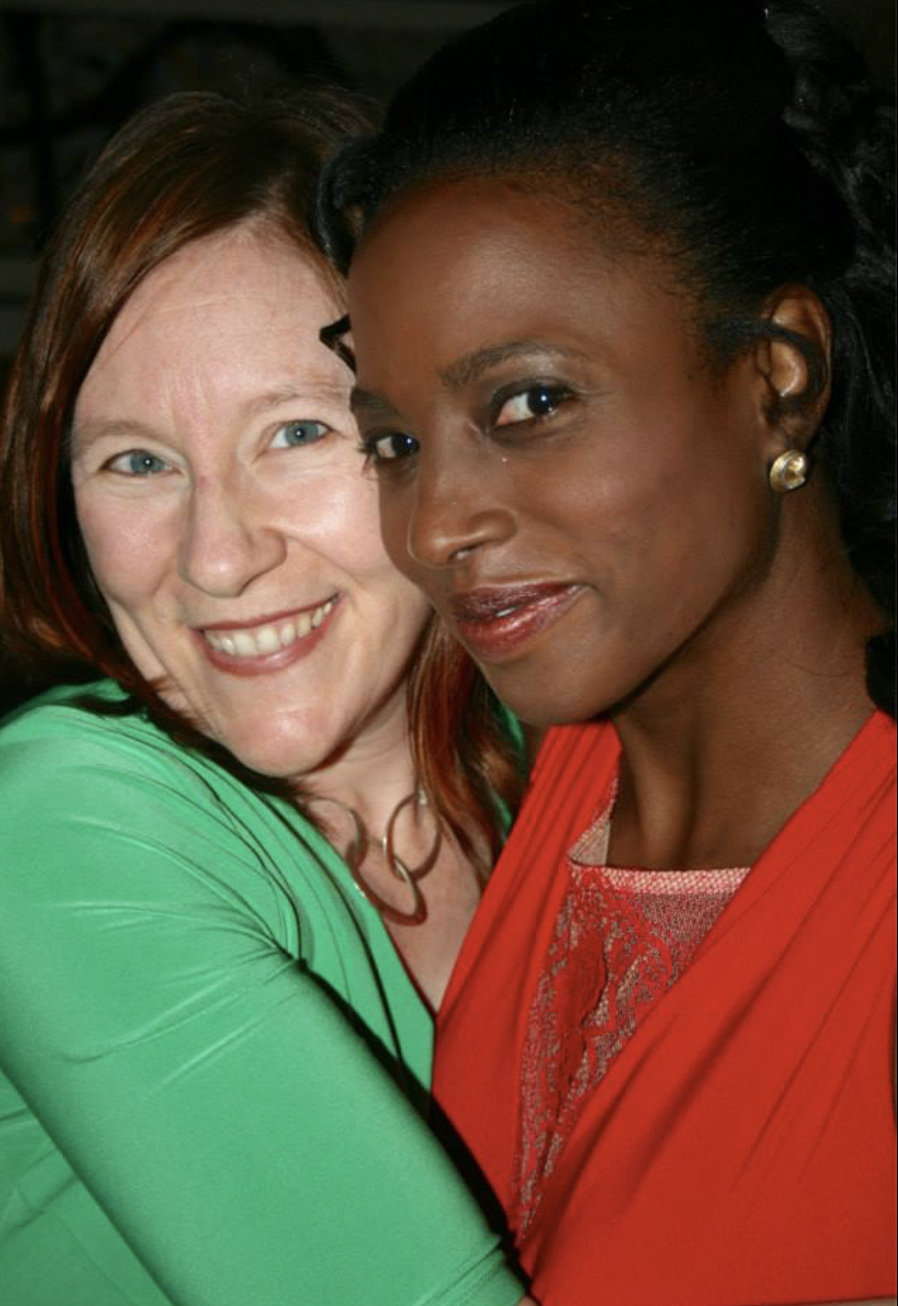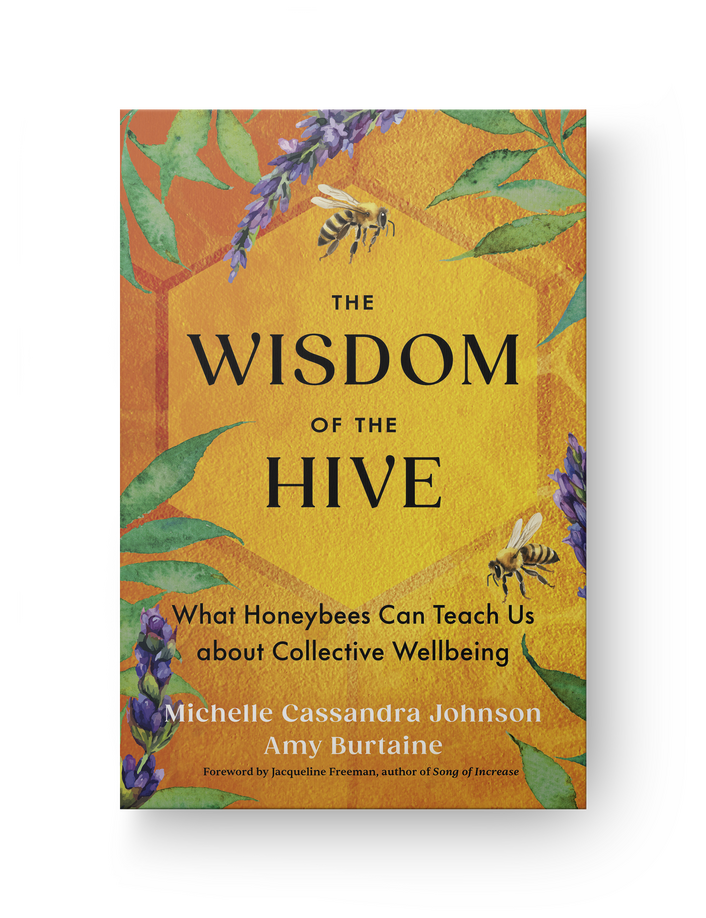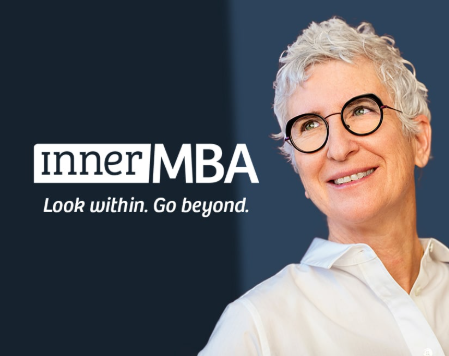
Many people know about meditating during the day, but few are aware of the “nocturnal meditations.” They’ve been around for thousands of years, tucked away under the blanket of darkness. Until recently, the nocturnal practices have been secret, deemed too subtle for the West. But with the mindfulness revolution in full swing and meditation now in the public domain, these “dark” practices are finally coming to light in the modern world. What surprises most people is how deep and vast these nocturnal meditations are—and how applicable to daily life.
The practices start with lucid dreaming, which is when you wake up to the fact that you’re dreaming while still remaining in the dream. Once it was scientifically proven in 1975, lucid dreaming has gained traction in the West. Initially, lucid dreaming isn’t much of a meditation. Most people use it to indulge their fantasies—to fulfill their wildest dreams in the privacy of their own mind. At this entry level, lucid dreaming is the ultimate in home entertainment, where you become the writer, producer, director, and main actor in an Academy Award-winning production of your own mind.
But the higher levels of lucid dreaming have extraordinary psychological and even physical benefits. You can transform nightmares, rehearse things, resolve interpersonal issues, even improve athletic performance. Neuroscience has shown that you can use your mind to change your brain (neuroplasticity), and modern dream research continues to show that you can use your dreaming mind to enhance a host of daily psychological and physical activities. Lucid dreaming at this higher level is like going to night school.
With some proficiency in lucid
Dream yoga, like lucid dreaming, progresses from beginning to advanced stages. A beginning yogi starts by addressing the question, “What are dreams made of?” They’re made of your mind. So, by working with your dreams at this refined level, you’re working to transform your mind. One early stage of dream yoga involves transforming the objects in your dreams, like changing a dream flower to a dream chair. In so doing, one discovers the malleable nature of mind and the truth of the saying, “Blessed are the flexible, for they are never bent out of shape.” This is the “yoga” or “stretching” part of dream yoga, which develops increased pliability of mind.
One amazing quality of both lucid dreaming and dream yoga is that the benefits of what you do in your dreams don’t stay tucked into the nighttime mind. By changing a flower into a chair in your dreams (not as easy as it sounds!), you realize you can change anger into compassion in your life. In other words, your emotional states are not as solid as you think. They’re essentially as solid as a dream, and therefore as workable.
At higher levels of dream yoga, you use the “example dream” or “double delusion” of the nighttime dream to wake you up from the “real dream” or “primary delusion” of daily life—which is precisely what the Buddha did. You eventually come to the shattering conclusion that this is a dream. When seen properly—when you’re lucid to it—your waking reality is no more concrete than a dream. So a dream yogi lives by the maxim, “This is a dream; I am free; I can change.” It’s a liberating wake-up call, with profound implications for all of life.
For most people, lucid dreaming and dream yoga are enough. But for those wanting to go to “graduate school,” one can advance into sleep yoga (related to yoga nidra in Hinduism). As incredible as it may sound, this is when you learn how to become lucid in deep, dreamless sleep. In Buddhism this is called “luminosity yoga” and adheres to the teaching that fundamentally there is no darkness within—only light unseen. Sleep yoga turns on this nightlight, a luminosity so radiant that it eventually illuminates even the day. Scientists are currently trying to prove this outrageous claim with advanced meditators and dream yogis.
“Lucidity” is a code word for awareness. So, by working with any of these three practices, you’re working to cultivate greater awareness. And what doesn’t benefit with more awareness? All three of these practices engage the principle of bi-directionality, which is all about opening a two-way street between the daytime and nighttime mind. What we do during the day affects how we sleep and dream; and what we do when we sleep and dream affects how we live during the day. By becoming lucid to our dreams and to dreamless sleep, we’re secretly becoming more lucid or aware of our daily lives. So lucid dreaming leads to lucid living.
As fruitful as these three practices are, there is one final step for those wanting to take the deepest dive. With some proficiency in sleep yoga, one can advance into bardo yoga (“gap” yoga), which is when the darkness of sleep is used to prepare for the darkness of death. In Greek mythology, Thanatos (the god of death) and Hypnos (the god of sleep) aren’t just brothers—they’re twins. Death and sleep are intimately related. In Buddhism, death is referred to as “the dream at the end of time.” So bardo yoga, which is a Tibetan contribution, engages the tenet that dreamless means formless, and formless means deathless. Bardo yoga therefore introduces you to your formless/deathless nature—to who you really are. It points out the deepest part of you that doesn’t get old, sick, or die. Bardo yoga is a “dead end” practice that points out eternal life.
We spend a third of our lives in sleep. If you live to be 90, you’ve slept for 30 years. Imagine what you could do if you had even a fraction of that time. We spend 25% of our sleep time in dreams, which adds up to about a month a year. Think of what you could do if you added a month to each year! That’s real “overtime.”
The nocturnal meditations are cutting-edge practices. Neuroscientist Matthew Walker writes, “It is possible that lucid dreamers represent the next iteration in Homo sapiens’ evolution.” How evolutionary does that make lucid sleepers, let alone lucid “die-ers”? Do you want to be the first one on your block to take the lead in evolution? Then open your eyes to the dark, engage the nocturnal meditations, and discover the leading light within.

Andrew Holecek is the author of Dream Yoga: Illuminating Your Life Through Lucid Dreaming and the Tibetan Yogas of Sleep. He is also the founder of Night Club, an online platform that explores the nocturnal meditations and the science that supports them. Learn more about













